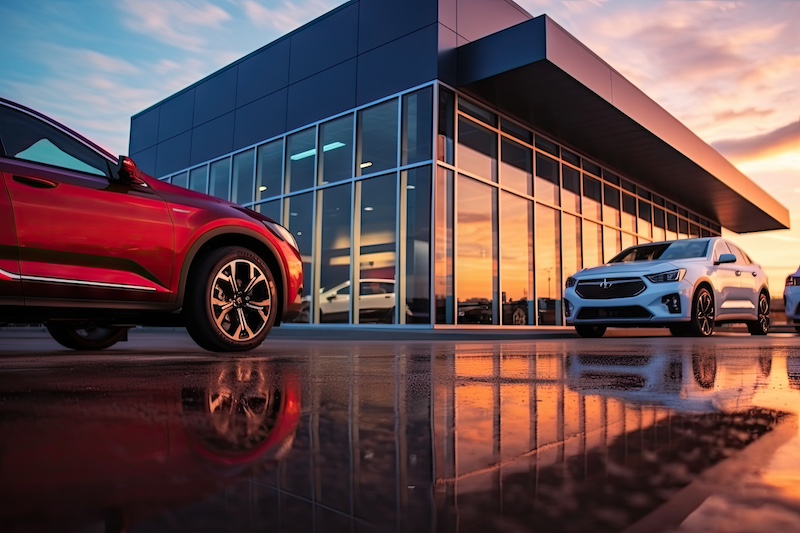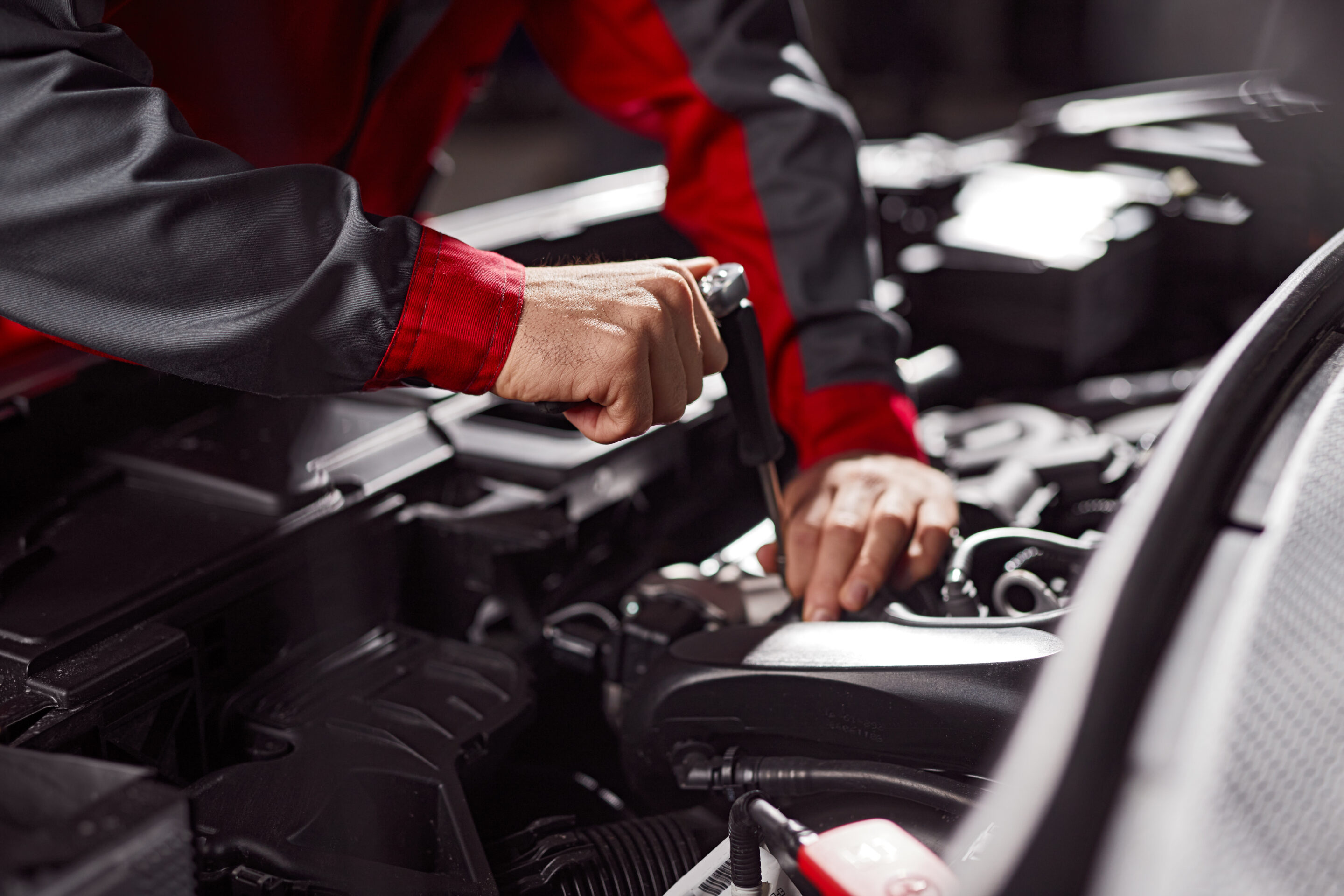 Here are three important realities every service staff needs to embrace today:
Here are three important realities every service staff needs to embrace today:
1. Customers bring the same set of basic questions with them to the service drive that they always have.
2. Customers have a different set of expectations of what makes up service satisfaction than they did even five years ago.
3. With retention as the true measurement of success, the dealership that understands realities one and two and adjusts its culture to meet their customers’ needs and expectations will continue to win repeat business.
It is most important that senior management and service staff accept these realities. Then, together, they can plot changes in how the dealership is going to deliver exceptional service.
This measurement is not CSI rankings, though that is still important. Instead, the vital metric is the percentage of service customers that convert to repeat service customers and vehicle buyers. This is the true measurement of success – retention and loyalty having stickiness and measurable value.
The average customer will buy 10 vehicles over a lifetime. If those units were purchased from the same dealership where serviced, that would represent $500,000 in revenue over the customer’s lifetime.
Toyota has said that 82% of its dealers’ customers who service with the dealership will buy a car from them again.
Let’s talk transformation
Welcome to the convergence of culture and service efficiency. It is here that the modern service department delivers exceptional customer service, one of the most important trends facing retail businesses today.
“Customer Experience is a movement,” notes Forbes.com. “Strategy buffs will recall the age old principle that Culture drives Strategy which drives Structure. Customer experience is a catalyst of transformation.”
Today’s consumer demands a lot more than dealer service departments have typically offered. They want more control over the service process. They want clarity about the services their vehicle needs and why the advisor has recommended them. They want to know what these services are going to cost them. They want timely communications about the status of their visit. They want to spend as little time as possible with the process.
So let’s use what customers want today as a catalyst to transform the service department culture and processes.
W$W transformation
Service customers arrive in the drive with W$W in mind:
1. What do I need or what is wrong with my car?
2. How much is it going to co$t?
3. When can I get my car back?
If the dealership slips here, the likelihood is low that the meaningful service-to-service-to-sales ratio will improve. Service processes that break down here are the result of hands-off leadership, undisciplined practices, outdated methodologies and antiquated processes.
Here are three alternative ideas to deliver on customers’ W$W concerns:
- Match service and maintenance recommendations to what the owner’s manual states; customers trust it.
- Establish a consistent price schedule and strategy and enforce it so all staff to adhere to it; publish it and make it easily accessible to customers online and in the drive.
- Commit to service follow up and delivery times; always call the customer if outcomes will be different.
Accountability transformation
When staff isn’t sure what’s expected of them in these areas, they make up their own standards. Instead, management should define what exceptional service delivery success looks like.
For instance, establish the expectation that ABC Dealership advisors will immediately acknowledge customers who arrive in the drive. Define what is meant by “immediately.” Establish the expectation for next steps. Thus, the manager’s expectation is that every customer coming in for an oil change will be educated about and then offered factory-recommended services. Goals like this are directive and specific.
Daily goals will help set expectations and give staff and management a yardstick for measuring and accounting for success. Consider these:
- Technician Goals: These should include daily flag hour goals, and possibly meaningful inspection up-sell. Meaningful upsell would include findings like leaks, loose tie rods and the like. Tire wear, 30,000-mile services and other recommendations are service drive goals, not technician goals.
- Advisor Goals: These include flag hours sold per day. They might also include meaningful up-sell products, such as tires, wiper blades, batteries, etc. Goal should also consider close ratios or opportunity versus sales. An 80 percent close rate should not include flushes, but meaningful product penetration – number of tires sold per RO or number of wiper blades per RO.
- Management Goals: These should include daily 15-minute meetings for advisors and managers that focus strictly on service excellence skills. Such sessions will help staff create consistency and integrity with customers. Role-play helps staff learn how to conduct more complete walk-arounds, introduce factory-recommended services, and address safety-related recommendations to protect the consumer’s well-being.
Process transformation
Most dealerships can improve their W$W delivery with a little hard work and staff reorientation. Fortunately, given human nature, technology has arrived that can help make these important processes consistent and automatic.
Today’s customers expect the dealership to offer these kinds of technological conveniences. “They not only recognize that things should be better – often, they know how it could be made better,” notes CRM Outsiders. “We’re reaching a point where an educated customer base has had its expectations raised because of its exposure to technology, to good processes and to the message that service is gaining in importance.”
For instance, consumer use of dealers’ online service appointment scheduling tools is increasing. According to statistics from Xtime, dealers who use web-based consumer convenience tools like online service menus and appointment scheduling report significantly better retention rates than dealers not offering such conveniences.
Today’s consumer culture is pressing upon dealership service efficiency. Reorientation to consumers’ all-important W$W concerns is a good first step toward meeting basic service expectations. The next step is to consider the use of new processes and technologies to deliver the control, convenience and efficiency today’s consumers demand.








